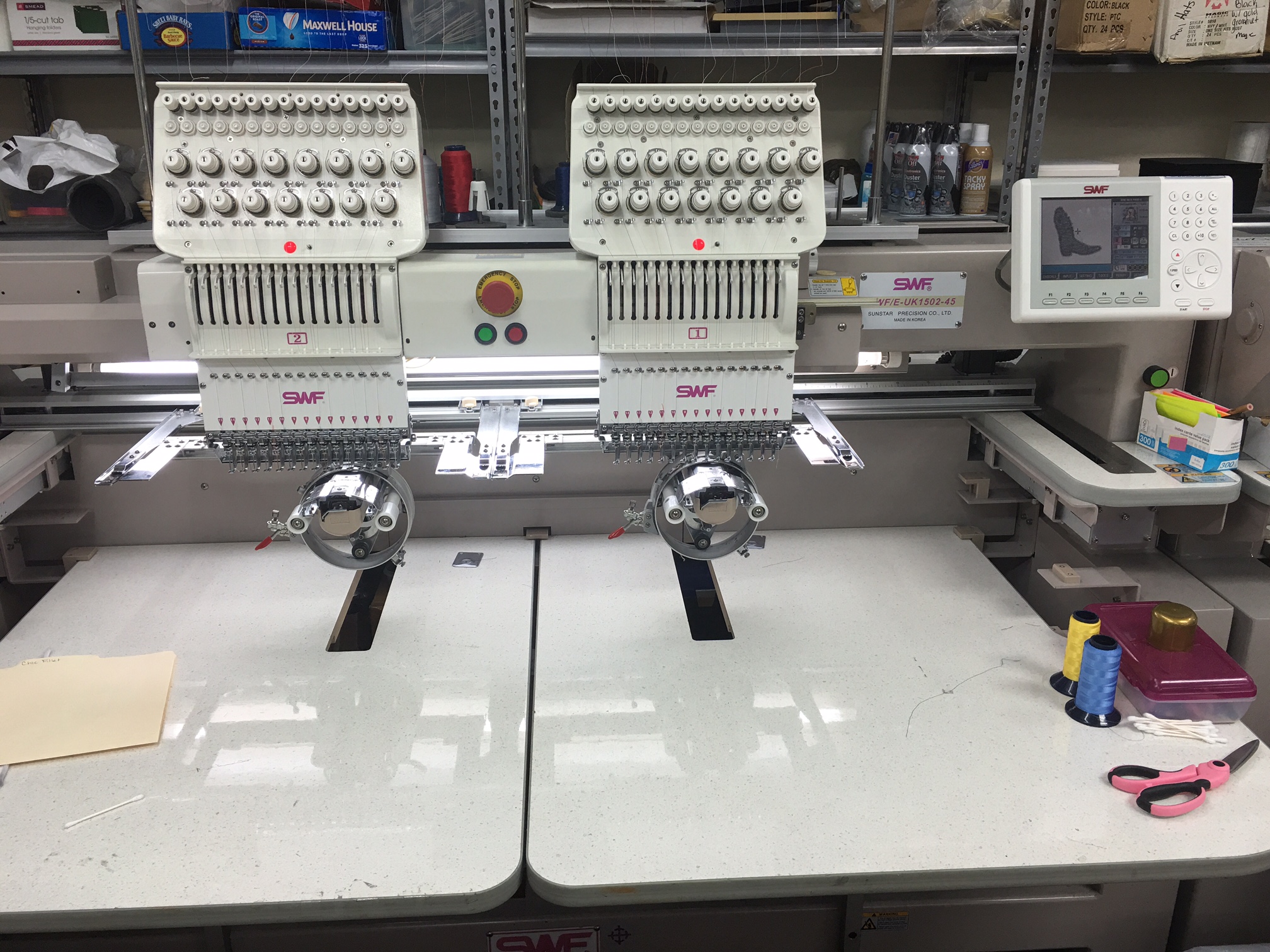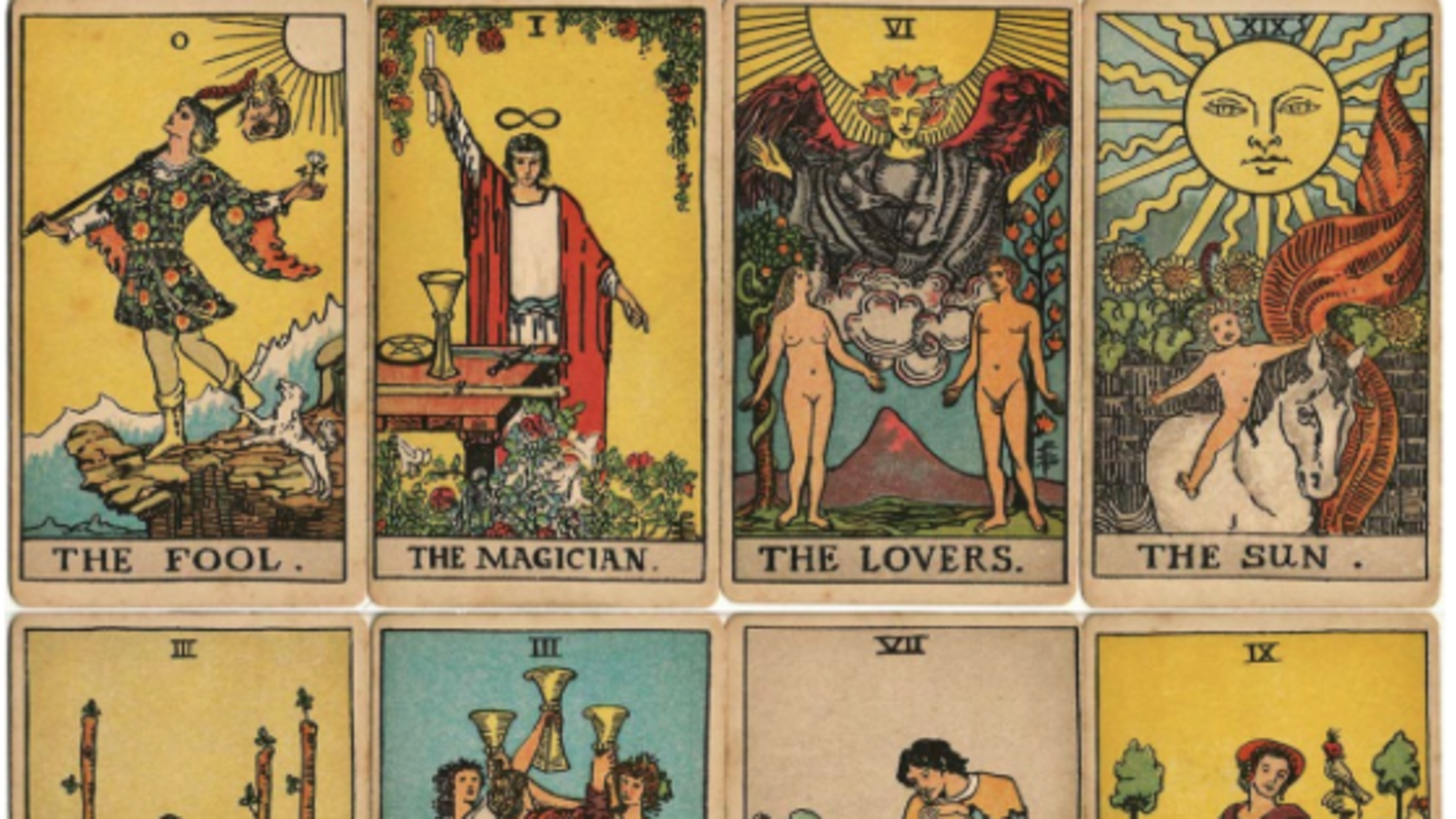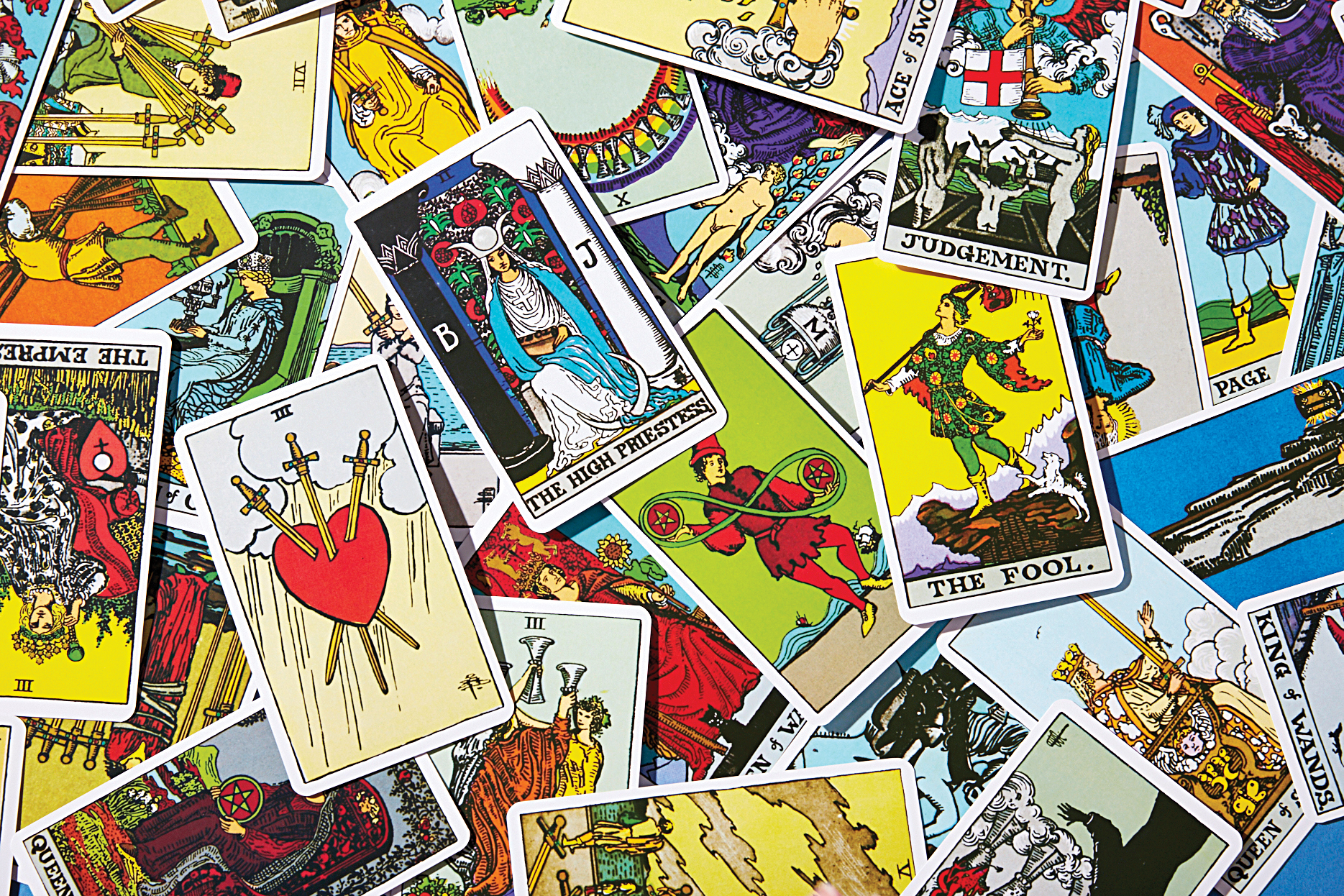History Of Sewing Machines
Making a sort of chain stitch could be accomplished with the hooked needle by leaving the prior stitch loose and running the thread through the loose loop, then pulling it tight, sort of like a chain, which is where the term ‘chain stitch comes from. Get a gist of chain stitch history and how it lead to the invention of patches here on https://sewingmachinebuffs.com/how-to-iron-on-patches/.
Before the invention of the sewing machine, all sewing had to be done by hand. The seemingly simple hand stitch was difficult to duplicate with a machine. The difficulty in making a machine that could duplicate the hand-sewn chain stitch increased the popularity of the decorative stitch. Decorative stitching was done using a hooked needle but the stitches were not joined together. Joined stitches couldn’t be done by machine.

A German named Charles Weisenthal was granted British patent number 701 in 1755 for a double-pointed needle that also had an eye at one end. His design called for the needle to be passed through the fabric and then grasped by two mechanical fingers. The major problem with this design is that the entire needle had to be passed through the fabric and the thread had then be pulled taut. So the thread had to be pretty short so the people using the needles had to spend a lot of time ‘re-threading the needle.
Thirty-five years later, a cabinetmaker by the name of Thomas Saint was granted British patent number 1764. Since he was a cabinetmaker by trade the patent was incorrectly filed under the ‘Glues and Varnishes’ section. Almost eighty years later, the patent was (re)discovered (1873) by Newton Wilson. Wilson built a duplicate of the patent and found that it would not work without some very extensive modifications. This suggests that Thomas Saint never built the device he was granted the patent for in 1764. Although his design did include an overhead arm for carrying the needle and also included a basic tensioning system. Both of these features are still common in today’s sewing machines.
Although many patents were awarded, they all attempted to duplicate the human ‘chain stitch. Finally, a French tailor, named Barthelemy Thimonnier came up with the idea of using a machine that would make a stitch that could be easily accomplished by machine and did not attempt to duplicate the hand stitches. His variation used a horizontal arm mounted on a vertical reciprocating bar. This ‘needle bar projected from the end of the horizontal arm. His design was upside down compared to modern machines with the needle coming up from the bottom and used a foot pedal to power the machine. A tailor by trade, in 1830, Thimonnier was awarded a patent in 1830. 80 of Thimonniers machines were installed in a factory in Paris that made soldiers clothing. In a strange twist of fate, other tailors who feared the new machines would put them out of business broke into the factory and destroyed the machines.
The first machine made a chain stitch, which is very weak and can be easily pulled apart. Necessity is the mother of invention and the modern lockstitch was invented to overcome the shortcomings of the chain stitch.


